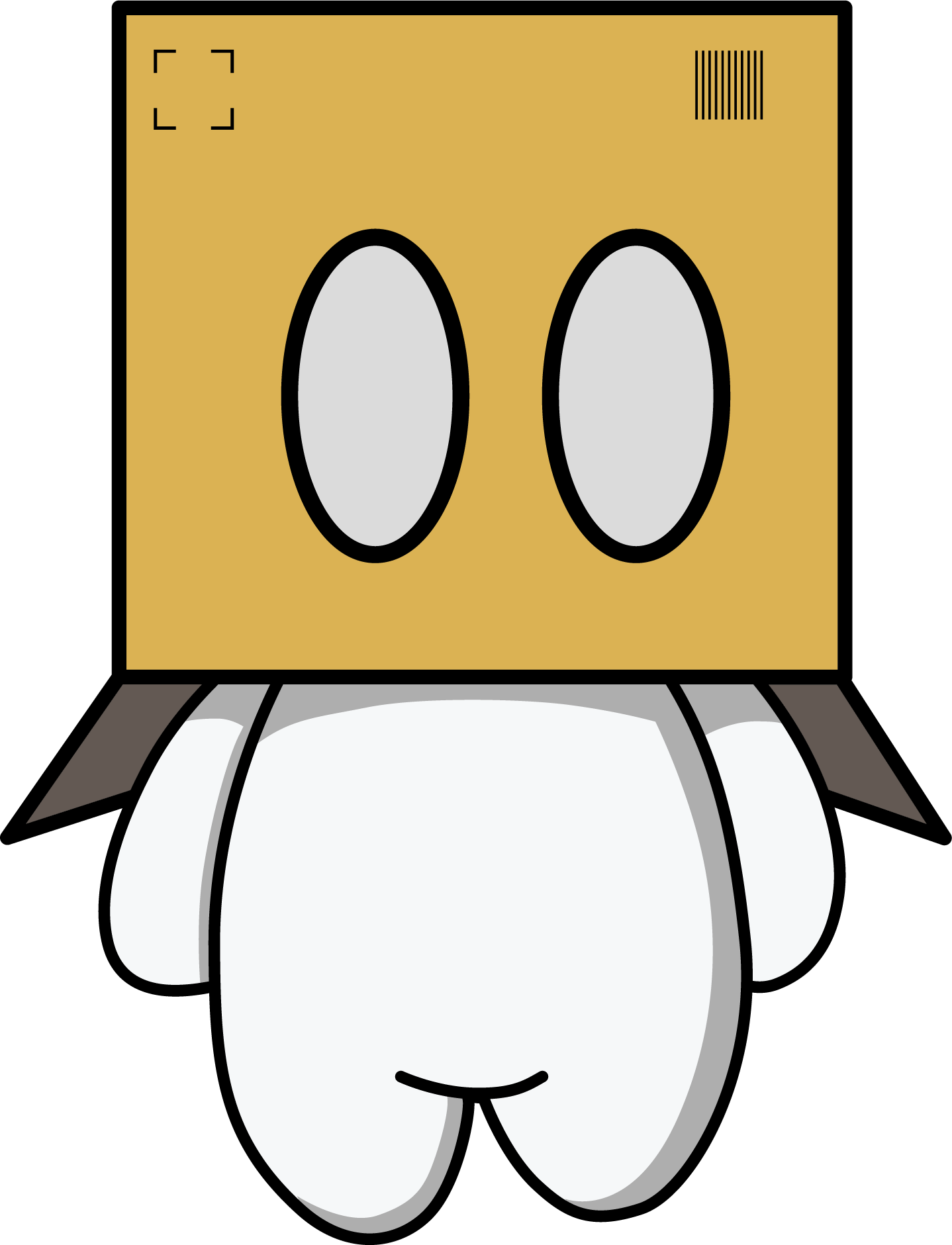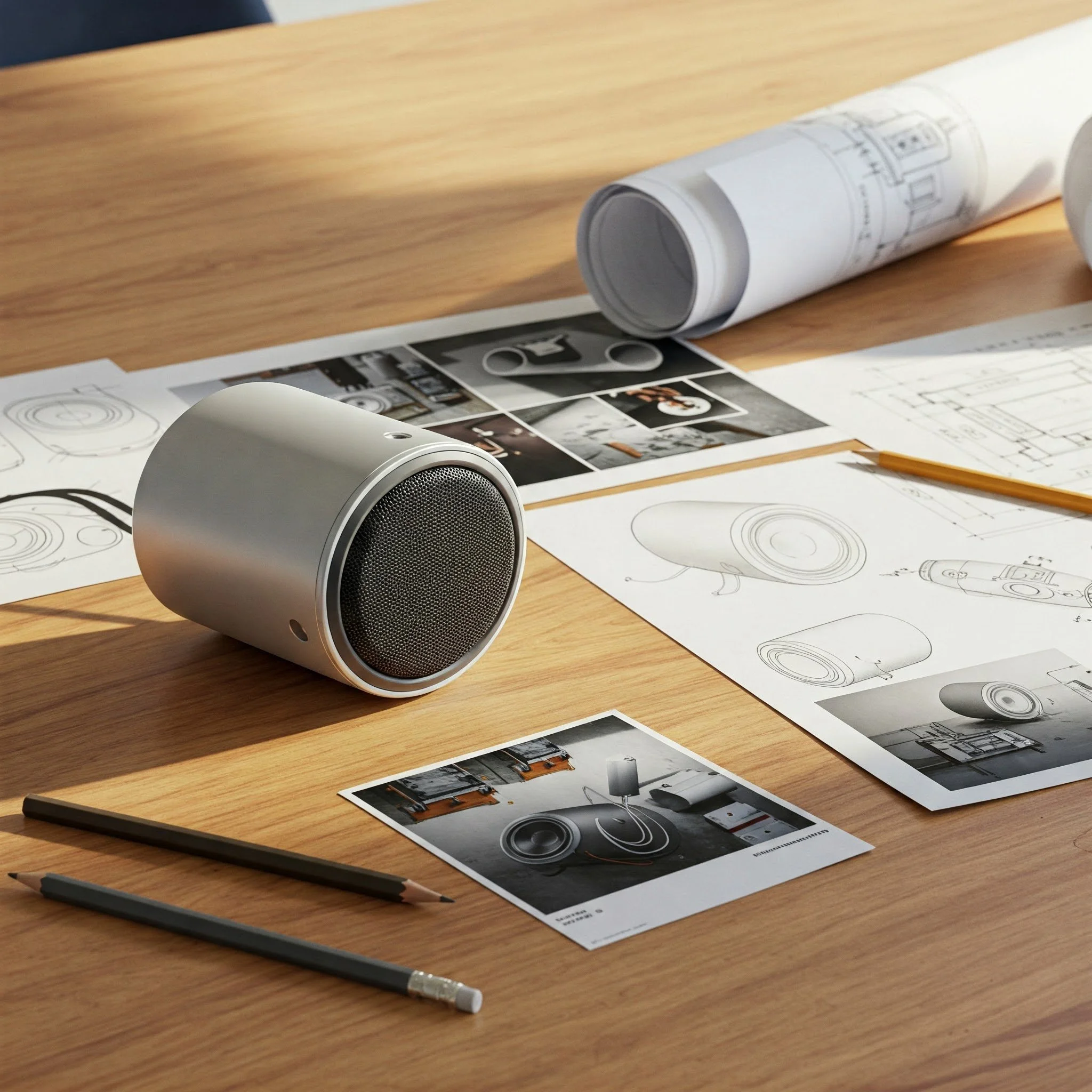Stuck in Neutral? Unlock Your Product's Real Potential (It's Not What You Think)
Why your current product might be underperforming, and the collaborative design process that can transform it.
You've got a product on the market. Sales are… okay. But that nagging feeling persists: could it be doing better? Most business owners jump to marketing or pricing tweaks. But what if the biggest roadblock to your product's success is something you're completely overlooking?
It's not about adding more features, slashing prices, or launching another ad campaign. The secret to unlocking your product's true potential lies in a surprisingly overlooked area: strategic redesign. And we're not talking about a complete overhaul. We're talking about targeted improvements, guided by a process that turns uncertainty into a clear roadmap for success. We'll reveal that process, step-by-step, and show you how it can revitalize your existing product line.
Knowing When It's Time for a Change: Beyond the Obvious
Redesign isn't just for struggling products. It's a strategic tool for any business looking to maximize its potential. But timing is key. Here are the crucial signals:
The "Steady, But..." Syndrome: Sales are predictable, but they've plateaued. You're not losing ground, but you're not gaining it either. This is a prime opportunity to inject new life into your product.
The Data Speaks: You have a solid history of sales data. This isn't guesswork; it's a goldmine of information. Analyze trends, identify seasonal peaks and valleys, and pinpoint areas where performance could be improved.
The Competition Heats Up: A competitor launches a similar product with new features or a more compelling design. Ignoring this is a recipe for falling behind.
The Customer Whisper: Your customers are talking, are you listening?
Your Customers Are Your Secret Weapon: Harnessing the Power of Feedback
Forget expensive market research (for now). Your most valuable insights are already available – in your customer reviews. But it's not just about reading them; it's about decoding them.
The Art of Review Mining: Don't just skim. Look for recurring themes. Are multiple customers mentioning the same issue, even a seemingly minor one? Are they praising specific features?
Categorize and Conquer: Organize feedback into key areas: Usability (how easy is it to use?), Aesthetics (how does it look and feel?), Durability (how well does it hold up?), Features (what's missing, what's great?), and Value (is it worth the price?).
Beyond the Stars: Don't just focus on the star rating. The text of the reviews is where the real gold lies. What specific words and phrases are customers using?
More Than Reviews: Surveys, focus groups, and even direct conversations with customers can provide even deeper insights.
Beyond Your Customers: Seeing the Bigger Picture
Customer feedback is your compass, but you also need a map of the entire landscape. Understanding your industry and your competitors is crucial for making strategic design decisions.
Competitive Intelligence: Don't just look at your direct competitors. Analyze products that solve similar problems, even if they're in a different category. What can you learn from their successes and failures?
Trend Tracking: Stay ahead of the curve. What are the emerging trends in design, materials, and technology? But be selective – choose trends that align with your brand and your customers' needs.
The Innovation Spark: This is where you go beyond fixing problems and start creating new opportunities. Could a new feature, a different size, or a complementary accessory unlock new markets or increase customer loyalty?
Finding Your North Star: Redesigning with Your Brand in Mind
A product refresh isn't just about making a better product; it's about strengthening your brand. Before you change a single screw, take a step back and consider:
Your Brand's Future: Where do you want your brand to be in the next few years? Does your current product align with that vision?
Your Brand's Soul: What are your core values? (Sustainability? Innovation? Craftsmanship?) Your redesigned product should be a reflection of those values.
The Big Picture: Could this redesign be an opportunity to expand your product line? Think variations, accessories, or entirely new products that complement your existing offering.
Inspiration Gathering: What products do you admire? Don't copy, but let them be a starting point.
The "Aha!" Process: From Uncertainty to Clarity
At Box Creative, we don't believe in guesswork. We believe in a collaborative process that transforms "I'm not sure" into a confident, data-driven design strategy. Here's how we do it:
The Deep Dive (Discovery): We start by listening. We want to hear your story, your challenges, and your aspirations. We'll ask a lot of questions, analyze your existing product and data, and get to the heart of what makes your brand unique.
The Landscape Scan (Research): We immerse ourselves in your market, studying your competitors, identifying key trends, and uncovering unmet customer needs.
The Idea Factory (Concept Development): This is where creativity meets strategy. We generate a range of design concepts, exploring different approaches, features, and aesthetics. These aren't just pretty pictures; they're solutions grounded in research and aligned with your goals.
The Feedback Loop (Presentation & Refinement): We present the concepts to you, explaining our rationale and actively soliciting your feedback. This is a collaborative process; your insights are crucial. We then refine the chosen concept, creating detailed 3D models and renderings.
The Real-World Test (Prototyping): We bring the design to life with physical prototypes. This allows you to hold it, use it, and experience it firsthand. We may also conduct user testing to gather feedback from your target audience.
The Production Path (DFM & Support): We optimize the design for manufacturing, ensuring it can be produced efficiently and cost-effectively. We'll work closely with your manufacturer (or help you find one) to ensure a smooth transition from design to production.
Realistic Expectations: Time, Deliverables, and Collaboration
We believe in transparency. A typical product redesign can take several weeks to several months, depending on complexity. Here's a general idea:
Research & Concept: 2-4 weeks
Refinement & Prototyping: 8-10 weeks
DFM & Production Support: 2-4 weeks (often overlapping)
You'll receive clear deliverables at each stage, including sketches, 3D models, prototypes, and technical drawings. And we'll be in constant communication, keeping you informed and involved every step of the way. This is your product, and we're here to help you make it the best it can be.
Embracing the Collaborative Journey
Redesigning a product doesn't have to be a leap of faith. With a collaborative approach, a deep understanding of your market, and a commitment to user-centered design, you can transform uncertainty into a clear path to success. It's about turning "I'm not sure" into "We've got this!"
What Now?
Ready to unlock your product's true potential? Let's talk. Contact Box Creative today for a free consultation, and let's start building something amazing, together.


